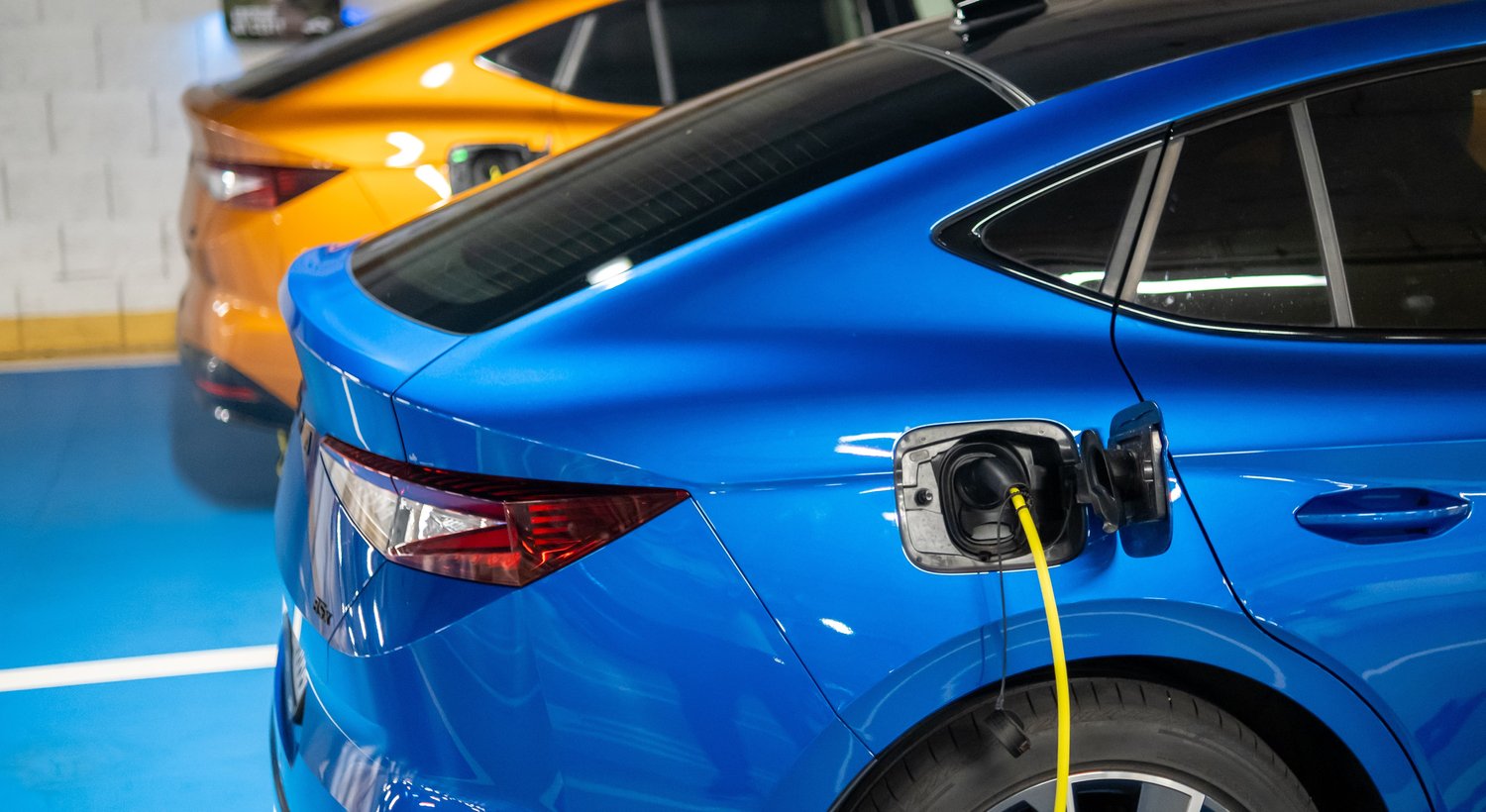
The combined EV battery manufacturing capacity of factories in North America is expected to expand massively within the next several years, laying the foundation for mass electrification.
According to Argonne National Laboratory’s latest forecast, presented in Quantification of Commercially Planned Battery Component Supply in North America through 2035, the total lithium-ion EV battery cell production in North America will exceed 1,200 gigawatt-hours annually by 2030. That’s a 20% increase from the 1,000 GWh forecasted just a year ago. The number is a sum of announced battery plant investments.
Battery Gold Rush
Developments of new, higher energy-dense and less expensive batteries, as well as new battery plant constructions, are in full swing. We are observing once in a once-in-a-century shift to battery-driven transportation.
For reference, this year, the EV battery manufacturing capacity in North America is expected to be roughly 300 GWh annually. This means that the industry will quadruple within the next six years or so.
About 1,200 gigawatt-hours of batteries is enough to produce some 12 million new all-electric vehicles, assuming an average battery capacity of 100 kilowatt-hours per vehicle or 15 million assuming an 80-kWh battery.
In 2023, all-electric car sales in the U.S. alone exceeded 1.1 million, so at least potentially there should be enough batteries to expand the market 10 times.
U.S. Department of Energy’s Vehicle Technologies Office noted that in the U.S., the highest number of battery investments will be located in the Midwest and Southeast, near vehicle assembly locations. The close proximity of the battery production and vehicle assembly is considered critical for minimizing shipping time and transport costs.
Of course, the plans might change depending on current EV demand and the expected profitability of the investments. If manufacturers find any signs of slowdown or obstacles preventing profitable mass-market electric cars, then we might see appropriate adjustments.
It’s worth noting that once the battery cells are produced, they are combined into battery packs (systems), and this is already done mostly locally.








